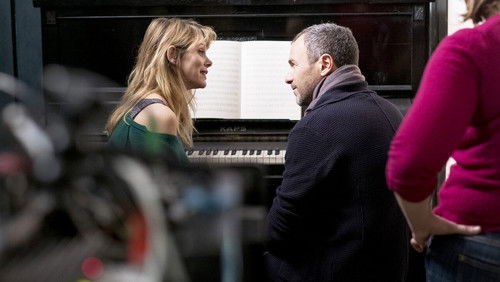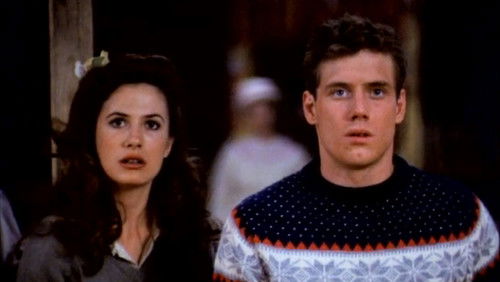Tomerareru ka, oretachi o (2018)
46KTomerareru ka, oretachi o: Directed by Kazuya Shiraishi. With Kisetsu Fujiwara, Ku Ijima, Arata Iura, Mugi Kadowaki. Spring, 1969. The Japanese New Wave, represented on international screens mainly by the films of Nagisa Oshima, reaches new heights. 21-year-old Megumi Yoshizumi goes to Wakamatsu Production. The company makes films popular with young people. Pink film director Koji Wakamatsu gathers there with young talented people who are all fascinated with movie making. When they are not making movies, they spend their time smoking, drinking alcohol, scouting for actresses and looking for material for their next film. When filming begins, everybody immerses themselves into the production and will do everything on the filming set from running, shouting to acting.
“This is not exactly a tribute of famed pinku eiga filmmaker Koji Wakamatsu, rather a testimonial of his idealistic work ethic comprised of a sense of political urgency despite of minimal utilitarian production values. Although important historical figures of pinku eiga from late 1960s like Haruhiko Arai, Masao Adachi, Gaira Komizu (even Nagisa Oshima) freely inhabit the film, none of them, not even Wakamatsu himself, is the primary character. Rather, we are treated by the perspective of one Megumi Yoshizumi (played with much care by Mugi Kadowaki) – his young, unimportant, long-forgotten assistant director for a brief period. The film is as much a character study of Megumi as it is of the historical figures of Wakamatsu productions. Director Shiraishiu0026#39;s handling of this character is tender, acute. Just as he never tried to treat Wakamatsuu0026#39;s character (played rather unevenly by Arata) with any kind of hero worship, he wrote a layered character for Megumi, with both criticism and empathy. Interesting to note, that Shiraishi never attempted to transform the set or surroundings with accurate period detail to make them look like late 1960s. There is a beautiful idiosyncrasy between the charactersu0026#39; 1960s fashion, the contemporary neon-lit alleys of Tokyo and their accents. The film manages to reduce Wakamatsu from a respected towering cultural figure to a faltering human, and transcends its scope by providing a surprisingly profound statement about youth, life and what it means to u0026#39;worku0026#39;.”









